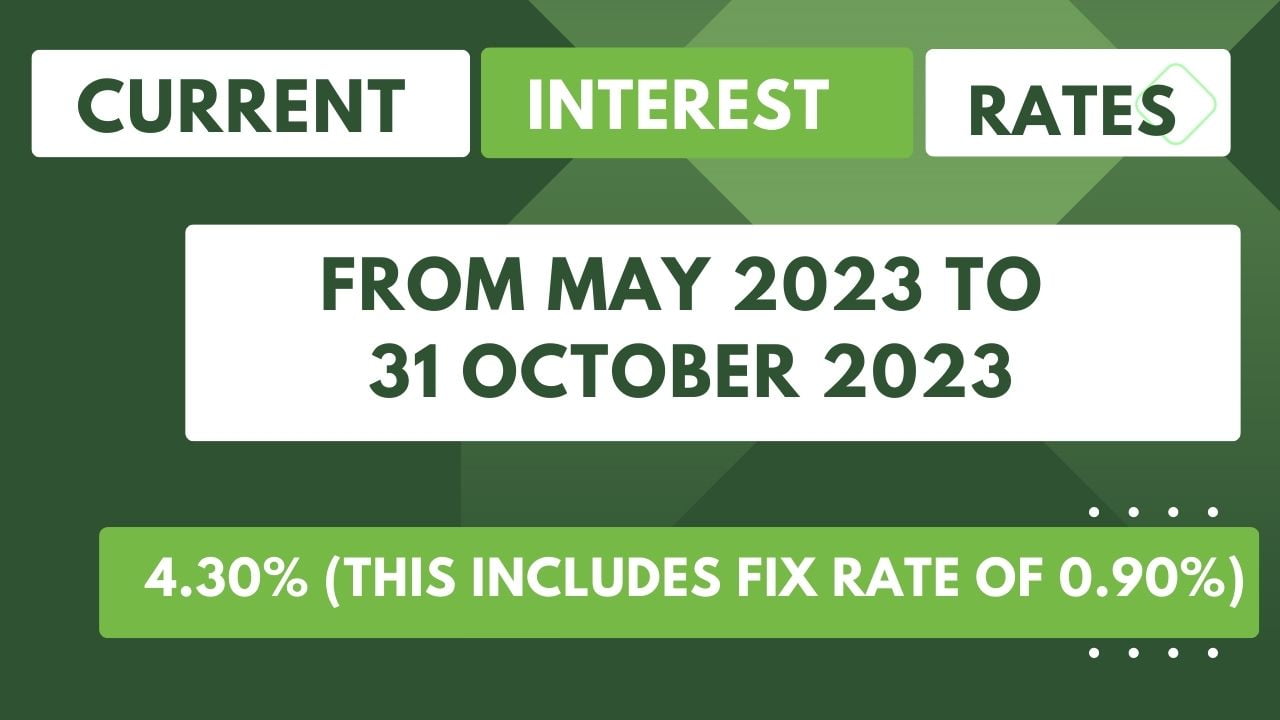Investors are always in the looking of attractive investment opportunities as they always want to maximise their investments’ most Famous investment among them is I Bonds, which attracted investors in recent times. In this article we will Discuss Different Factors of I Bonds specially the saving rate.
I. Introduction
I Bond is a type of saving Bond which is given to the citizens by American Treasury to earn Interest on their investment by investing in American Economy. With a specialty of inflation protection, Citizens are given a safe and long term investment Opportunity. Many Investor like I Bonds because they give guarantied return irrespective of market up and Downs.
II. Understanding I Bond Savings Rate

The I Bond Savings Rate is the annual interest rate that applies to I Bonds. The rate is adjusted for inflation, which means that the rate increases to match inflation rates, thus making the I Bond a perfect hedge against inflation. Investors should note that the I Bond Savings Rate is established each May and November, and it remains fixed for the next six months.
Importance of the I Bond Savings Rate for investors
The I Bond Savings Rate plays a significant role in determining the value of the bond and the returns that the investor will earn. It serves as an indicator of the level of returns that investors should expect and affects the value of the bond when it comes to maturity.
III. Historical Perspective

The historical performance of the I Bond Savings Rate provides a glimpse of how the bond has performed in the past and how it is likely to perform in the future. An analysis of past trends and patterns can help investors make more informed decisions.
Evolution of I Bond Savings Rate over the years
The I Bond Savings Rate has undergone several changes since its inception. Initially, the I Bond Savings Rate was linked to the 10-year Treasury bond yield, but in 2008, the US Treasury changed the calculation method. Presently, the rate is determined based on a combination of fixed rates and inflation rates.
Analysis of key trends and patterns
A close analysis of the I Bond Savings Rate over time reveals some key trends and patterns. For instance, the rate tends to be higher during periods of high inflation and lower during periods of low inflation. Furthermore, the rate tends to be lower in times of economic uncertainty.
IV. Factors Influencing the I Bond Savings Rate
Several factors may influence the I Bond Savings Rate, and investors need to understand these factors to make better investment decisions.

Inflation and its impact on the I Bond Savings Rate
Inflation is a key determinant of the I Bond Savings Rate. As inflation rates increase, the I Bond Savings Rate will also increase, and vice versa. It is adjusted according to Consumer Price Index for all Urban Consumers (CPI-U)> for all items,
Government policies and their effect on the rate
Government policies may also influence the I Bond Savings Rate. For instance, the US Treasury may adjust the rate downwards to encourage investors to purchase other types of bonds.
Economic indicators affecting the rate
Various economic indicators such as GDP, unemployment rates, and consumer spending can also influence the I Bond Savings Rate. In times of economic uncertainty, the I Bond Savings Rate may be lower.
V. Calculation of I Bond Savings Rate
Investors can calculate the I Bond Savings Rate using a formula that takes into account fixed rates and inflation rates.
Explanation of the formula used to calculate the rate
The I Bond Savings Rate Formula is a relatively simple multiplication formula that involves fixed rates and inflation rates. The fixed rate is set by the US Treasury while the inflation rate is derived from the Consumer Price Index (CPI).
Step-by-step breakdown of the calculation process
For Calculating I Bond Saving rate the investors need to know fixed rate, inflation rate and some variable formulas. Formula is easy and straight forward to use, the investors can easily calculate the I Bond Returns.
VI. Comparing I Bond Savings Rate with Other Investments

By comparing I Bond to other investment we can easily decide that whether the investment in I Bond is better option or Not.
Analysis of how I Bonds stack up against other savings and investment options
I Bonds can be compared to other investment instruments such as stocks, mutual funds and certificate of deposits (CD).
Benefits and drawbacks of investing in I Bonds
There are many benefits and drawbacks in I Bond investments, which should be considered by the Investors before investing. Some Benefits are low risk investments, Inflation security and interest free Income is included, and while in drawbacks limited returns with long term investment is there.
VII. Strategies for Maximising I Bond Returns
To maximise the I Bond investments, the investors can use different strategies to achieve the desired investment results
Tips and techniques for customising returns on I Bond investments
One such strategy is to maintain a long-term investment horizon, which allows the investor to take advantage of the I Bond’s unique features such as inflation protection.
Long-term vs short-term strategies
Investors can adopt either a long-term or short-term strategy, depending on their investment needs.
VIII. Understanding I Bond Maturity and Redemption
Investors need to understand the maturity period of I Bonds and the process of redeeming them.

Explanation of the maturity period for I Bonds
The maturity period for I Bonds is 30 years. However, investors can redeem the bond after 12 months from the date of purchase.
Process of redeeming I Bonds and associated considerations
Redeeming I Bonds is a simple process that involves providing some information about the bond. Investors should note that redeeming their bonds before maturity may cause them to forfeit some of their returns.
IX. Tax Implications of I Bond Savings
Understanding the tax implications of I Bond earnings is vital for investors.
Overview of the tax treatment of I Bond earnings
I Bond earnings are subject to federal income tax, but they are exempt from state and local taxes. Investors can defer paying taxes on their earnings until they redeem the bonds.
Strategies for minimising tax liabilities
Investors can take advantage of various tax-minimisation strategies, such as reporting the interest earned annually or waiting to redeem the bonds until the investor is in a lower tax bracket.
X. FAQs about I Bond Savings Rate
Investors may have some questions about I Bonds and the I Bond Savings Rate. Here are some of the most frequently asked questions.
What is the current I Bond Savings Rate?
Answer: Current I Bond Savings Rate for May 2023 to October 2023 is 4.30%.
How often does the I Bond Savings Rate change?
Answer: The I Bond Savings Rate change Twice a year (In May and November)
Are I Bonds a safe investment option?
Answer: Many Investor like I Bonds because they give guarantied return irrespective of market up and Downs.
XI. Summary and Conclusion
I Bonds are a unique investment option that provides inflation protection and low-risk returns. Understanding the I Bond Savings Rate is critical for maximising returns on investment. By analyzing historical trends, understanding the factors influencing the rate, and adopting appropriate investment strategies, investors can make the most of I Bonds. As with any investment, investors should consult with financial advisers to determine their suitability.
Read More….
High net worth financial planning strategies that actually work
7 Powerful Tools to Protect Your Wallet from Hacks: Safeguarding Against Wallet Hacks
Buy Pancat Coin: Your Ticket to Profits in the Crypto Market
